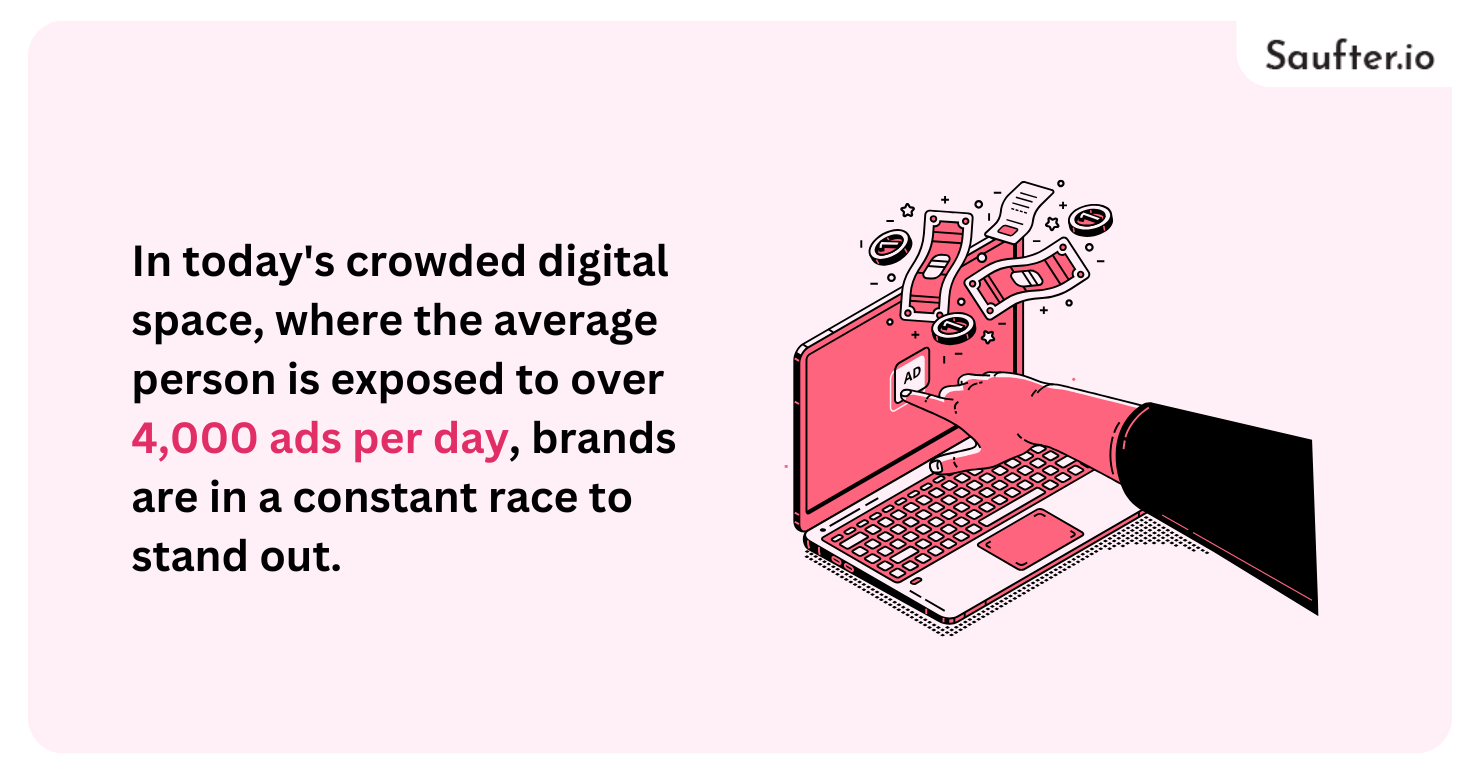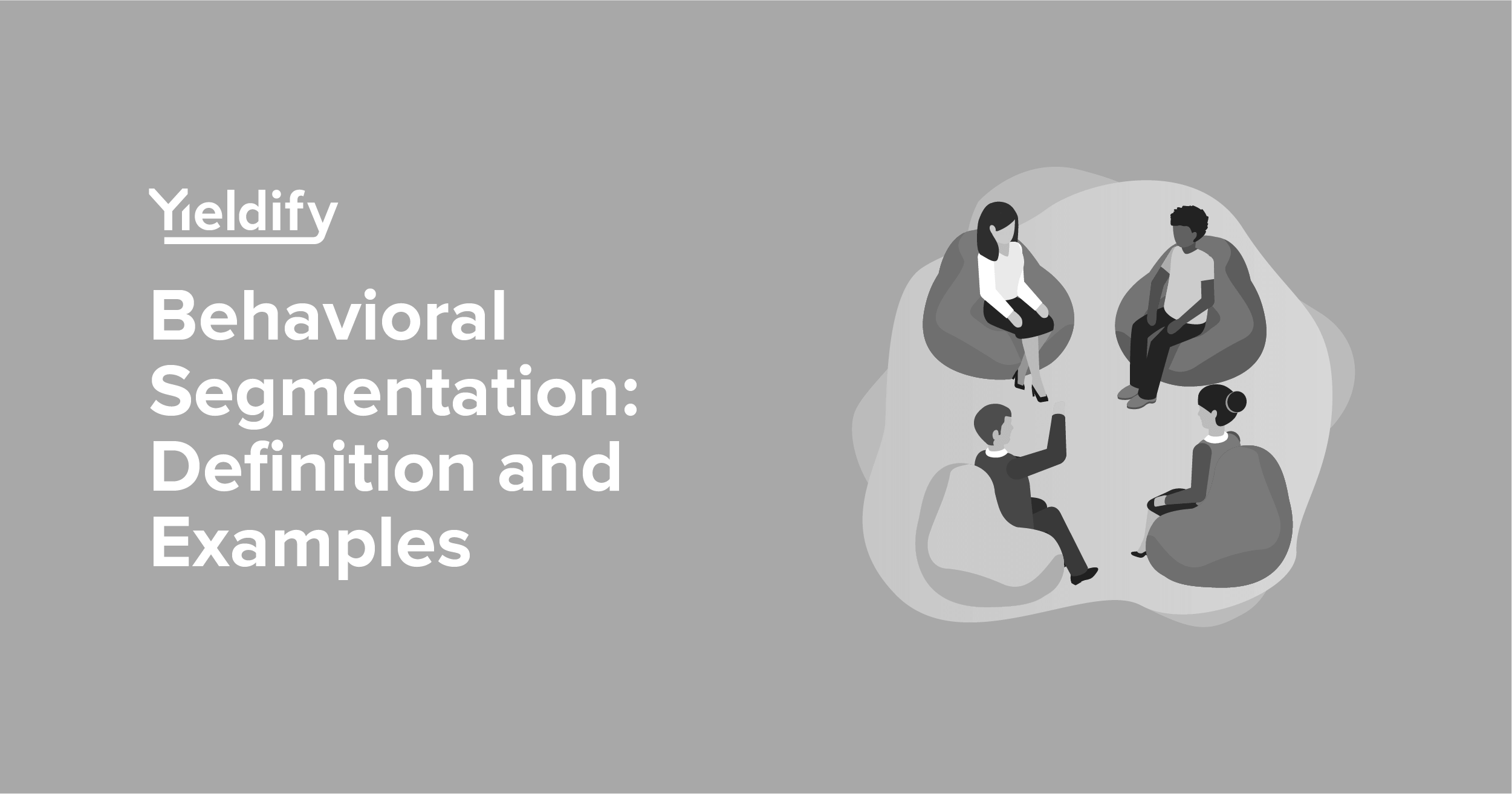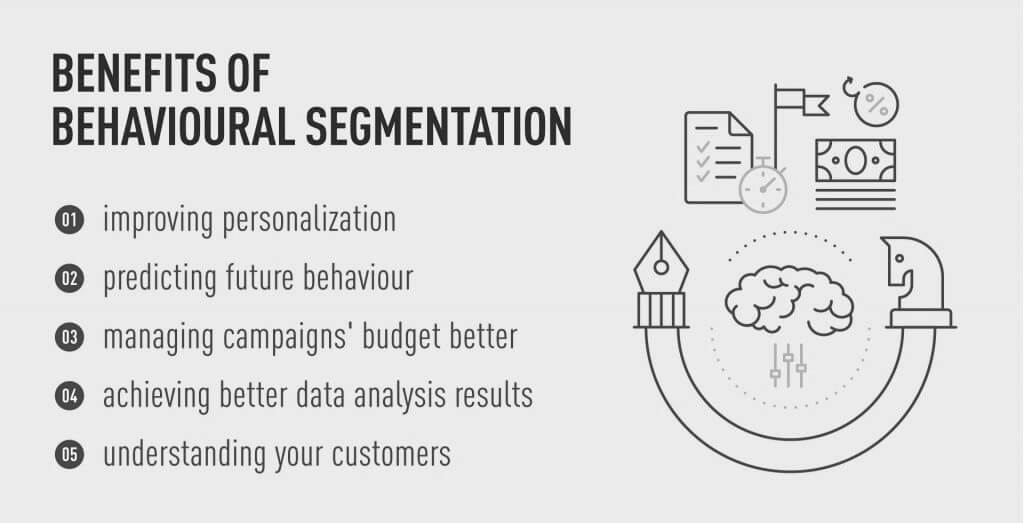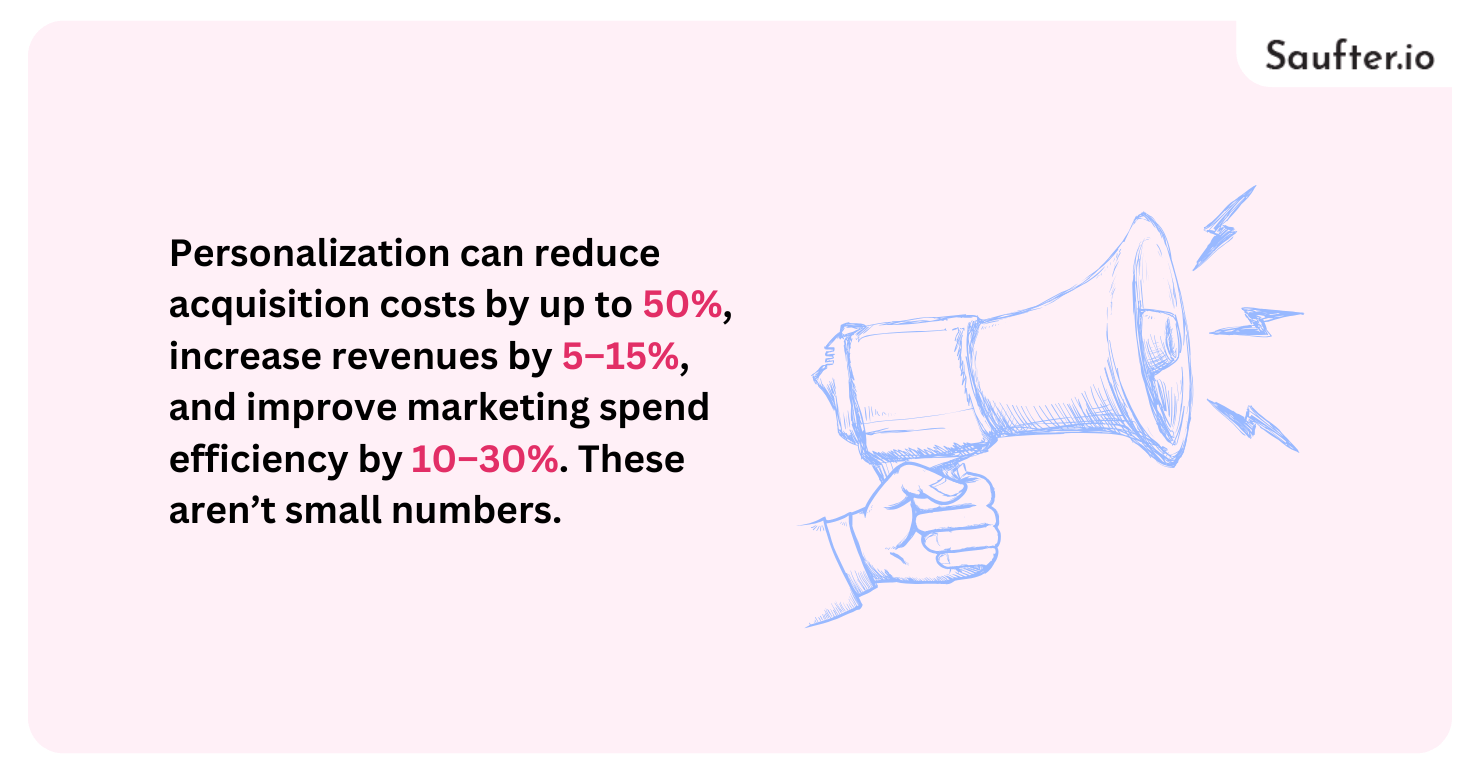Last Updated: December 2025
In today’s crowded digital space, where the average person is exposed to over 4,000 ads per day, brands are in a constant race to stand out. Simply blasting generic ads isn’t enough anymore. They want brands to understand their needs, their timing, and their interests without feeling overwhelmed. This is where behavioral marketing comes into play.

If you’re wondering about the exact behavior marketing definition, you’re in the right place. Let’s unpack this strategy in simple terms, understand its true potential, and explore how it can transform your marketing game.
Behavior Marketing Definition

Behavioral marketing is all about using real consumer behavior to deliver the right message at the right time. In other words, it’s a data-driven approach where brands track how users interact with their website, ads, emails, social media, or chatbots and then respond accordingly.
So, the behavior marketing definition is A marketing strategy that focuses on analyzing and leveraging consumers’ behaviors, actions, and preferences to deliver personalized, targeted experiences that match individual needs.
This isn’t just about demographics or broad categories. It dives much deeper, looking at specifics like:
- What pages users visit
- What products they browse
- What emails they open (or ignore)
- How they engage with chatbots or ads
With this intelligence, businesses create highly tailored campaigns that feel less like marketing and more like helpful recommendations.
Why Behavioral Marketing Matters More Than Ever
According to Epsilon research, 80% of consumers are more likely to buy when brands offer personalized experiences. That’s a number you can’t ignore.
Here’s why marketers across industries are embracing behavioral strategies:
1. People Expect Personalization
Generic ads are a thing of the past. Customers expect brands to know them. By applying the principles of behavior marketing definition, you can serve ads and content based on real-time behavior, which significantly boosts relevance.
2. Improves Customer Relationships
Behavioral marketing isn’t only about pushing sales. It helps brands build genuine relationships. When you deliver content that aligns with user interests, you create trust and improve engagement.
3. Higher Conversions and Lower Costs
Targeting warm leads, people who have already shown interest, leads to better conversions. Studies show that retargeted users are 70% more likely to convert. Plus, by focusing on intent-driven segments, you make better use of your marketing budget.
4. Better Use of Marketing Automation
Modern platforms like ActiveCampaign make it easy to automate personalized journeys based on behavioral triggers. This saves time while improving results.
How Behavioral Marketing Works (Step-by-Step)
Let’s go beyond the theory and see how businesses apply the behavior marketing definition in their daily strategies.
Step 1: Data Collection and Analysis
Everything begins with collecting data. Brands capture behavioral data from:
- Social media engagement
- Website visits and clicks
- Search queries
- Email opens and link clicks
- Chatbot interactions
Using tools like Google Analytics, Facebook Pixel, or email automation platforms, companies gain deep insights into how users behave across various touchpoints.
Step 2: Audience Segmentation
Once you have the data, it’s time to group your audience based on their behavior. For example:
- Users who abandoned their shopping carts
- Subscribers who clicked on a product email but didn’t buy
- Visitors who browsed pricing pages multiple times
This segmentation allows brands to create more specific, relevant campaigns for each group.
Step 3: Application and Automation
Now comes the exciting part: using your insights to create personalized experiences. Examples include:
- Facebook ads target users based on location and interests.
- Google displays ads reminding shoppers about products they viewed but didn’t purchase.
- Triggered emails, like abandoned cart reminders or reactivation campaigns for inactive subscribers.
- Chatbots that collect preferences and guide users toward the right solution.
By automating these responses, brands ensure that their messaging is timely and relevant, two keys to successful behavioral marketing.
Real-World Examples of Behavioral Marketing in Action
Let’s bring the behavior marketing definition to life with some concrete examples.
Example 1: Facebook Ads Precision
A fitness brand narrowed its audience down to California-based men aged 18–40 interested in bodybuilding. By aligning ads with both location and interest, they increased gym sign-ups without inflating ad spending.
Example 2: Google Display Retargeting
Picture this: a user searches for “best wireless headphones” and clicks on a product but leaves without buying. Later, they see display ads showcasing the same headphones with a limited-time discount. Result? The gentle reminder nudges them toward purchase.
Example 3: Smart Email Automation
Brands like Adidas excel at abandoned cart emails. Within an hour of cart abandonment, they send a friendly reminder. If the user doesn’t act, they follow up with a discount offer after 24 hours. It’s a simple but highly effective behavioral sequence.
Example 4: Personalized Chatbot Flows
On platforms like Facebook Messenger, chatbots interact with users, ask preference-based questions, and guide them to personalized offers. These insights also feed future campaigns, creating a cycle of continuous personalization.
Benefits of Behavioral Marketing

Beyond the obvious conversion boost, the behavior marketing definition opens the door to several strategic advantages that can significantly impact long-term brand performance. Here’s a deeper look into why businesses, especially small to mid-sized brands, are increasingly investing in behavioral marketing.
1. Deep Personalization
At the heart of behavioral marketing lies real-time consumer insight. Unlike static demographic data, behavioral insights allow you to understand what your audience is doing, when, and why. This enables laser-focused messaging, tailored product recommendations, and perfectly timed offers. For instance, if a user frequently browses athletic shoes but hasn’t purchased, your campaign can showcase new arrivals in that category with a personal touch, making your communication feel more like a helpful suggestion than a sales pitch.
2. Enhanced Customer Experience
A refined behavioral marketing strategy doesn’t just increase sales, it enhances the entire customer journey. When users receive relevant content that matches their needs or interests, it reduces friction and makes every touchpoint feel intentional. Think: dynamic website content, personalized email flows, and AI-driven product suggestions, all of which contribute to a smoother, more enjoyable user experience.
3. Optimized Marketing Spend
With behavioral targeting, you no longer waste ad spend on uninterested or unqualified leads. Instead, every dollar is channeled toward users who’ve shown clear purchase intent, improving return on ad spend (ROAS) and campaign efficiency. Whether through retargeting ads, triggered emails, or upsell flows, behavioral marketing ensures your efforts are both effective and cost-efficient.
4. Higher Retention Rates
By continuing to engage customers based on their actions and interests, behavioral marketing increases the likelihood of repeat purchases and long-term loyalty. For example, post-purchase email sequences that introduce complementary products or tips based on the item purchased can extend the relationship beyond a single transaction.
5. Real-Time Adjustments
Modern platforms like ActiveCampaign, Saufter, or HubSpot allow businesses to update messaging on the fly based on user behavior. Did someone stop engaging with your emails? Trigger a win-back campaign. Are they spending more time on your pricing page? Serve a demo invite. This agility ensures that your marketing stays relevant, responsive, and aligned with each user’s journey.
Behavioral Marketing Segmentation Examples

A well-executed behavioral marketing strategy depends heavily on effective segmentation. By analyzing how users behave, brands can divide their audience into meaningful groups and serve highly personalized content. Let’s look at a few powerful examples of behavioral segmentation that bring this approach to life:
1. Purchase Behavior Segmentation
One of the most common examples involves segmenting users based on their purchase patterns. For instance, an e-commerce brand might target:
- First-time buyers with welcome offers or beginner guides
- Repeat customers with loyalty rewards or subscription options
- Inactive users with re-engagement campaigns or exclusive discounts
This segmentation not only improves conversions but also helps build long-term customer loyalty.
2. Cart Abandonment Segmentation
Abandoned cart emails are a staple of any smart behavioral marketing strategy. By identifying users who added products to their cart but didn’t check out, marketers can trigger reminder emails, often followed by a time-sensitive offer to nudge the user toward a purchase.
3. Engagement-Based Segmentation
Behavioral segmentation also includes categorizing users by how they interact with your emails, website, or app. For example:
- Users who regularly click on product links can be sent personalized product recommendations.
- Subscribers who haven’t opened recent emails might receive a re-engagement series or a survey to understand their preferences.
4. Feature Usage Segmentation
For SaaS businesses, tracking which features users engage with the most allows brands to send feature-specific tips, tutorials, or upsell prompts, maximizing both value delivery and retention.
Each of these examples demonstrates how a thoughtful behavioral marketing strategy can make your campaigns smarter, more relevant, and, ultimately, more profitable.
Let us now introduce you to the best SaaS AI-based Email marketing tool- Saufter.io
Saufter: The Best SaaS Email Marketing Tool

In today’s fast-moving digital landscape, Saufter AI emerges as a game-changing email marketing solution, especially for SaaS businesses, e-commerce platforms, and online brands. Powered by advanced artificial intelligence, Saufter helps you streamline your campaigns, boost engagement, and increase conversions through smart automation and data-backed strategies.
Key Features
- Competitor Email Tracking: Automatically monitors and analyzes your competitors’ email campaigns, helping you stay ahead of the curve.
- User Behavior Analysis: Studies user interactions on your website and tracks their journey to generate targeted campaign suggestions.
- Personalized Email Campaigns: AI-driven personalization enhances email deliverability and engagement, ensuring your messages reach the right audience.
- Cohort-Based Suggestions: Segment users based on their engagement levels and behaviors to optimize campaign effectiveness.
Conclusion

In the age of personalization, behavioral marketing is not just a trend, it’s the future. With consumers expecting relevant experiences and competition fiercer than ever, ignoring behavioral insights means leaving conversions on the table.
Brands that fully embrace the behavior marketing definition are seeing measurable gains. According to McKinsey, personalization can reduce acquisition costs by up to 50%, increase revenues by 5–15%, and improve marketing spend efficiency by 10–30%. These aren’t small numbers.
So, whether you’re a startup looking to optimize your first campaigns or an established business aiming to refine your strategy, now is the perfect time to integrate behavioral marketing into your toolkit. Track behavior, segment smartly, automate with precision, and watch your customer relationships and revenue grow.
















